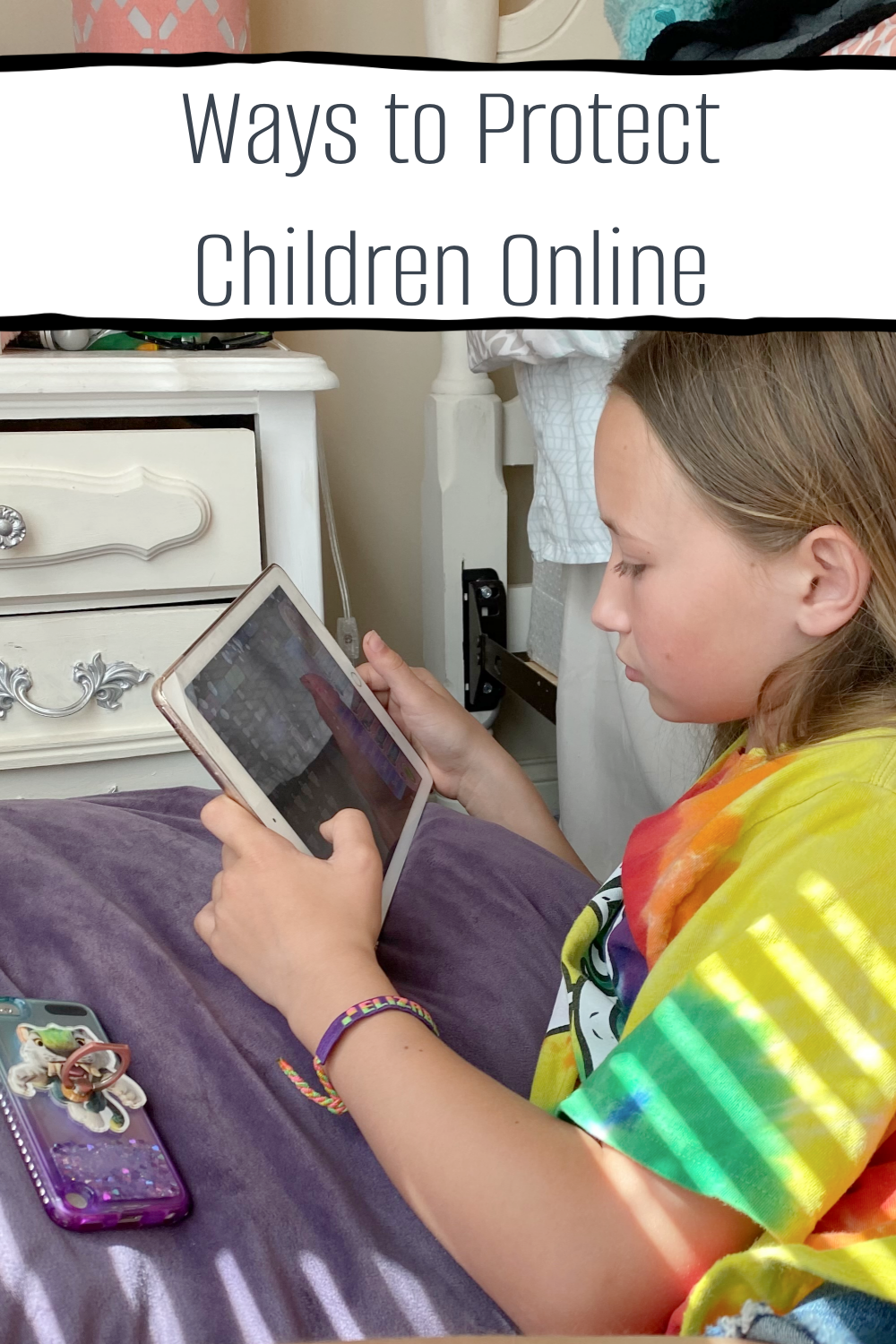Welcoming a baby is a life-changing experience filled with joy, anticipation, and anxiety. As new parents, we want the best for our little ones, and creating a safe, nurturing environment for them to thrive in is paramount. However, sustainability is a pressing concern today. Thus, a parent has to make the nursery a special space that is comfortable and environmentally friendly.
Here are five tips to help you create a sustainable nursery for your little bundle of joy.
Opt For Eco-friendly Furniture
Eco-friendly nursery furniture is more than just a trendy choice. It's an investment in the health and future of your child. Sustainably sourced and devoid of harmful chemicals, eco-friendly pieces ensure your little one's environment is as pure and safe as possible.
Many traditional furniture options are manufactured using harmful chemicals, such as volatile organic compounds (VOCs), which can cause various health problems. On the other hand, eco-friendly furniture is crafted using non-toxic, VOC-free materials, making it safer for your little one.
Contrary to what most people believe, eco-friendly doesn't mean delicate. Eco-friendly nursery furniture is often more durable than its traditional counterparts. Made from high-quality, sustainably sourced materials, these pieces are designed to last, making them a wise investment that can potentially serve your family for generations.
When shopping for nursery furniture, buy a rattan baby bassinet, a multipurpose dresser with a removable changing station, and a wooden baby rocker. This will look good in your nursery and provide a sustainable environment for your little one.
Choosing eco-friendly furniture isn't just good for you and your child—it's great for the planet, too. These pieces are manufactured more sustainably, responsibly utilizing resources and reducing waste and pollution.
Choose Organic Bedding
Aside from the furniture, you must also choose organic bedding for your baby’s nursery. Organic bedding is free from the potentially harmful chemicals in conventional bedding materials.
Babies have sensitive skin and respiratory systems that can be easily irritated by synthetic substances, and organic materials can help reduce the risk of allergic reactions and skin irritations.
A study proved the relationship between synthetic bedding and asthma attacks among children. That’s why it’s vital that you only choose organic bedding for your infant’s room.
Moreover, choosing organic bedding is good not only for your baby but also for the environment. Organic farming practices use fewer resources and cause less pollution than conventional methods. By choosing organic, you're contributing to a more sustainable future for your child.
Lastly, organic bedding is often more comfortable than its non-organic counterparts. Organic cotton, for example, is softer and more breathable, which can help your baby sleep better.
Use Non-toxic Paint
Not only does the color scheme play a role in creating a welcoming environment, but the composition of the paint can significantly contribute towards a sustainable and healthy nursery.
Damaging volatile organic compounds (VOCs) in traditional paints can degrade indoor air quality. Non-toxic paint, sometimes called zero-VOC paint, is devoid of volatile organic compounds (VOCs), which have been linked to various health problems and environmental degradation.
Regular paints release these VOCs into the air, compromising air quality and contributing to indoor air pollution.
Choose a non-toxic paint to enhance indoor air quality and create a healthier environment for your child. This mindful choice lowers the risk of respiratory issues, allergies, and other health problems linked to VOCs.
Beyond health benefits, non-toxic paint also contributes to sustainability. Regular paint manufacturing processes are often energy-intensive and contribute significantly to carbon emissions.
Install Energy-Efficient Lighting
Energy-efficient lighting is not only beneficial for the environment but also for our wallets. These lights use fewer watts to emit the same amount of light as traditional bulbs, reducing the electricity demand.
This reduction in energy consumption leads to less burning of fossil fuels, thereby decreasing the amount of greenhouse gases emitted into the atmosphere.
While energy-efficient lights might have a higher upfront cost, they last significantly longer than traditional bulbs, providing long-term savings. Moreover, reduced energy usage means lower utility bills. Over time, the savings on your electricity bill can be substantial.
In contrast to popular belief, energy-efficient lighting can produce better quality light than traditional bulbs. With technological advancements, energy-efficient lights come in various hues and brightness levels to suit different atmospheres and moods.
Encourage Reuse and Recycling
A sustainable nursery is all about rethinking our choices and opting for gentle alternatives to the environment. This could mean choosing second-hand furniture, opting for organic materials, or even repurposing items that we already own.
Reusing and recycling materials in building your baby's nursery reduces waste and makes economic sense. You can save significantly by giving a second life to quality items. It's also a fantastic opportunity to add a personal touch to the nursery with DIY projects.
Conclusion
Creating a sustainable nursery is a meaningful step towards a healthier and safer environment for your child. Embracing these tips will benefit the planet and ensure a toxin-free zone for your baby to grow and thrive. Let's create a future where sustainability is not an option but a norm.







No comments
Thank you for dropping by! I would love to hear what you thought. :)
Thanks!
♥,
Diana